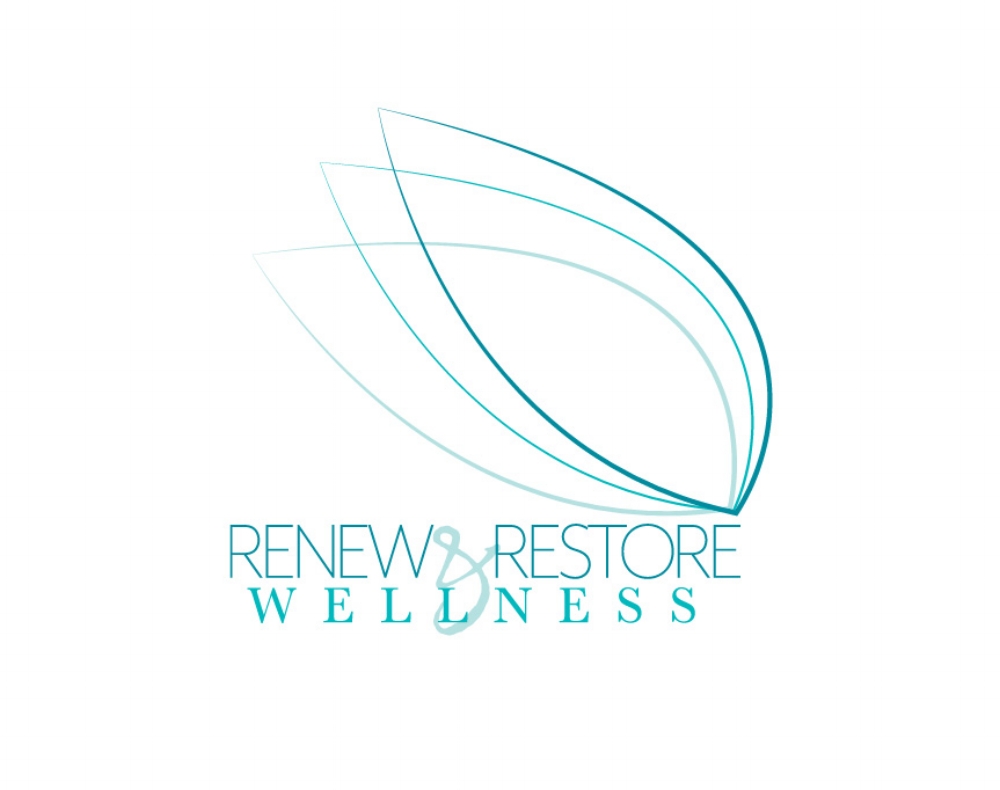Baby Containers
/By: Dr. Kelli
Whether you are pregnant or have kids at home, I’m willing to bet that at some point you’ve been overwhelmed by the amount of accessories on the market for babies. Even if you don’t have children, if you’ve ever stepped foot into a Target, you’re familiar with the giant section dedicated to car seats, strollers, swings, etc. I mean, if you search “baby registry must haves” on Amazon, you get 7 PAGES of items that you’re being told are essential for raising a baby. As a new or seasoned parent I can imagine that can be exhausting and, honestly, a little discouraging ̶ to be told that you have to buy thousands of dollars’ worth of products in order to be a good parent or to survive parenthood.
What if I told you that you don’t need every single “must have” recommended by Amazon, your mom, your best friend, or some girl in your Facebook mom group? What if I told you that many of those products do not support your baby’s development, despite what is advertised?
Before we go any further, hear me out. My intention is not to shame anyone for using these products or instill fear. My objective as a pediatric + prenatal chiropractor is always to educate and promote normal human physiology, which will ultimately facilitate optimal development and function.
Brain Development
Did you know that 90% of brain development occurs before 5 years of age? Another fun fact is that baby’s brain doubles in size the first year. The brain actually develops and changes well into adulthood based on experiences and input to the nervous system. That ability to adapt is called neuroplasticity. Early on, if the brain doesn’t develop properly it will adapt to allow function but not optimal function. In the toddler/child this can look like toe-walking, “W” sitting, bow-legs, skipping milestones, delayed milestones, speech delays, incoordination, sensory processing disorders, and so much more. This is why we want to make sure baby is given every opportunity for natural brain development. Not only will you be doing what is best for your child (what parent doesn’t want that??), but you will be saving money, time and energy later down the road.
Baby Containers
In this post we are going to focus on one category of baby accessories that has a huge impact on a child’s development ̶ baby containers.
A baby container is any device that limits normal movement of baby and includes:
Swings
Walkers/Jumpers
Floor seats, car seats, and high chairs
Bouncers
Nursing pillows or cushions
You’re probably thinking, “What do these things have to do with a baby’s development?” and it’s a valid question. It’s something that never crossed my mind before I began studying the brain and nervous system.
Container Baby Syndrome
All of these containers hold baby in un-natural positions and stunt their development. Movement is life and we are created to move in very purposeful ways. During delivery, for example, baby moves through the birth canal in a manner that allows molding of the cranial sutures. Then, when placed on mom’s chest, baby moves head in the direction of the breasts (rooting reflex) in order to be fed. Baby begins to lift his head up, which develops the cervical curve in preparation for more advanced movements. The point I’m trying to make is this ̶ successful progression through the stages of development requires freedom of movement.
Parents are busier now more than ever so it makes sense that the convenience of these containers is so appealing. However, time in those containers adds up very quickly throughout the day. Babies are moved from car seat, to swing, to high chair to walker to jumper, which reduces the amount of time and ability that baby can kick, turn their head, wiggle and move freely.
Another concern is when babies are put into these containers too early. Consider the well-known ‘Bumbo’ floor seat, for example. Almost always, babies are put in the seat way before they are able to sit up on their own. Without an understanding of neurodevelopment, it would be easy to assume that the seat could be a tool used to help baby learn to sit. Yet, the neurology tells us that it actually does the complete opposite. When baby is being propped up by the seat they aren’t able to activate important muscles needed to build strength and coordination, placing stress on developing bones, joints and ligaments. As a result, the ability to learn new skills is hindered.
Things to look for that may indicate Container Baby Syndrome:
Milestone delays (rolling over, sitting up, crawling, standing, walking)
Skipping milestones
Flat spots on the head due to lack of movement
Neck tightness from keeping the head turned or tilted to one side (torticollis)
Here’s an analogy that might make it all a bit easier to digest
The victim of a terrible motor cycle accident loses his ability to feel his legs or walk.
Scenario 1: He arrives to day 1 of physical therapy and they put him on the treadmill, supported, and tell him to start walking.
Scenario 2: He arrives to day 1 of physical therapy and they start by doing sensory work to regain feeling in his legs. Once he has some sensation, they begin with muscle strengthening exercises. After he has acquired some muscle strength they begin to work on balance and coordination. Finally, after months of going through the stages of recovery, he gets on the treadmill and attempts to walk.
I hope it’s clear that scenario 2 is the only logical option. The same concept applies to babies. They need to move unrestricted through the stages of development.
What’s the alternative?
No single piece of baby gear will derail healthy development when used in moderation. However, it is easy to fall into habits when we are busy, tired and stressed out so something to be aware of is how many containers are in your home. Reducing the options will reduce the likelihood of baby spending too much time in containers. Prioritize time outside of baby gear when you have the opportunity.
The floor is always the best option. Tummy time is the best way to counteract time in containers and/or substitute time in containers. Even better if tummy time is spent outside in nature!
Baby wearing is another great option because you have more freedom to do other things. Though it is technically a container, wearing baby provides biodynamic feedback similar to how your baby bounced in your womb, which stimulates their sense of movement.
Infant lounger or basket is a safe place to place baby when you need to put them down and these typically allow for natural movements.
Support baby’s nervous system with chiropractic adjustments to ensure that the spine is free of interference and mitigate some of the effects of baby containers.
Read more about the nervous system and development here:





